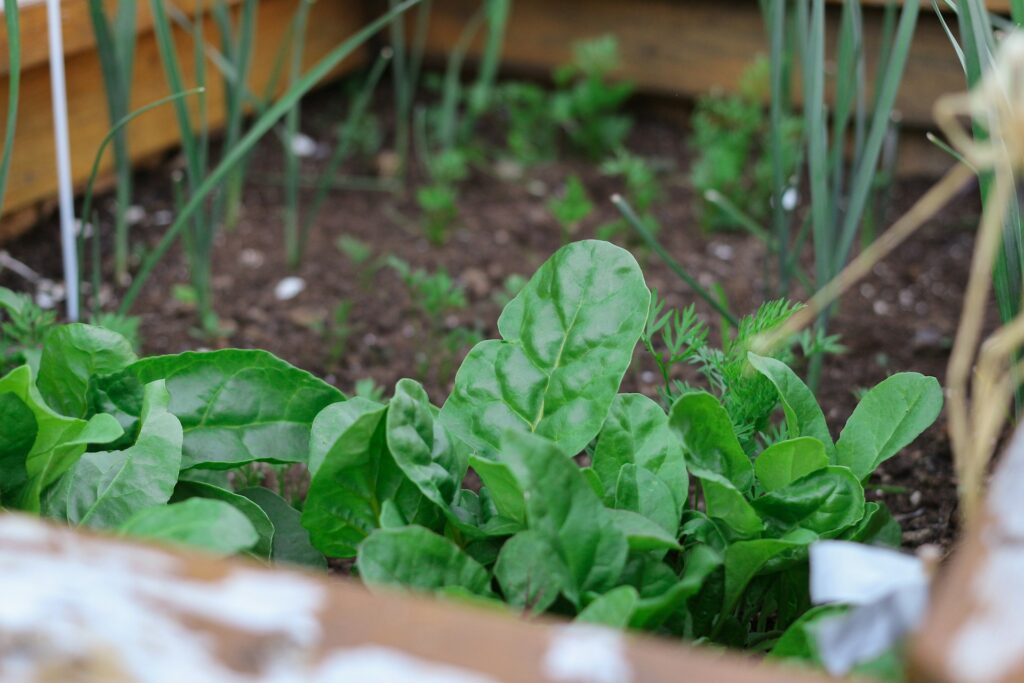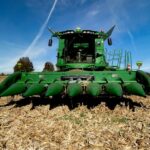
Urban farming, once considered a fringe movement, has gained significant traction in recent years as cities grapple with issues of food security, environmental sustainability, and community resilience. At its core, urban farming represents a convergence of agricultural practices and human geography, shaping and being shaped by the dynamics of urban spaces and the people who inhabit them.
The Rise of Urban Farming
Growing, preparing, and distributing food in urban settings is known as urban farming. Urban farming has numerous forms, each adapted to the particular benefits and limitations of city living, from rooftop gardens to communal plots tucked between skyscrapers. Although urban farming has a long history, a number of issues, such as climate change, food deserts, and food miles, have contributed to its rise in the twenty-first century.
Human Geography and Urban Spaces
Human geography, a subfield of geography, focuses on the spatial patterns and interactions of human populations within the built environment. Urban spaces, in particular, serve as fertile ground for human geographers to study how people use and transform the landscapes around them. Urban farming, with its emphasis on reclaiming underutilized spaces and fostering community engagement, presents an intriguing case study for understanding the dynamics of urban geography.
Food Security and Access
Improving food access and security in densely populated regions is one of the main driving forces behind urban farming. Food deserts, or places where locals lack access to fresh, healthful food options, are a problem in many communities. In addition to providing inhabitants with access to wholesome vegetables, urban farms in these underprivileged areas also provide them a sense of empowerment and self-sufficiency. Human geographers examine the spatial distribution of food resources in urban environments to pinpoint the most vulnerable areas and inform the planning and implementation of urban agricultural projects.
Environmental Sustainability
Urban farming also holds promise as a means of promoting environmental sustainability in cities. By reducing the distance food travels from farm to table, urban farming helps decrease carbon emissions associated with transportation and distribution. Additionally, practices such as composting, rainwater harvesting, and permaculture can enhance the ecological resilience of urban ecosystems. Human geographers analyze the environmental impacts of urban farming systems, considering factors such as land use, water management, and biodiversity conservation.

Community Engagement and Social Cohesion
Beyond its practical benefits, urban farming fosters community engagement and social cohesion in urban neighborhoods. Community gardens serve as gathering places where residents of diverse backgrounds come together to cultivate crops, share knowledge, and build relationships. These spaces not only provide opportunities for recreation and relaxation but also serve as catalysts for social change and collective action. Human geographers study the social dynamics of urban farming communities, examining how they contribute to social capital, civic participation, and neighborhood revitalization.
Challenges and Opportunities
Despite its potential benefits, urban farming faces numerous challenges, including land scarcity, zoning regulations, and financial constraints. Human geographers play a crucial role in addressing these challenges by advocating for policy changes, conducting research on best practices, and facilitating collaboration among stakeholders. By understanding the complex interplay between urban farming and human geography, we can unlock new opportunities for sustainable urban development and equitable food systems.
Conclusion
The phenomenon of urban farming is complex and lies at the nexus of agricultural innovation and human geography. Urban farming will play an increasingly important role in forming urban landscapes and communities as cities continue to grow and change. We can use the transformative potential of urban farming to create healthier, more resilient cities for everyone by utilizing the insights of human geography.






